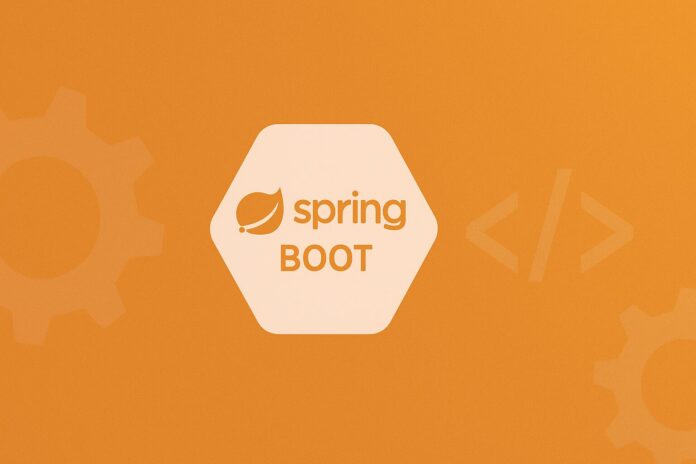Table of Contents
- Introduction to Spring Boot Configuration
- application.properties vs application.yml
- Default Locations and Hierarchy
- Common Configuration Examples
- Profiles and Environment-Specific Configs
- External Configuration Sources
- Accessing Configuration in Code
- Using
@ConfigurationProperties - Validating Configuration Properties
- Best Practices
- Conclusion
1. Introduction to Spring Boot Configuration
Spring Boot makes it easy to externalize configuration using .properties or .yml files. This allows you to separate environment-specific values (like port numbers, database URLs, logging levels) from your source code, promoting clean code and scalability.
2. application.properties vs application.yml
Both application.properties and application.yml serve the same purpose, with different syntax:
Example – application.properties:
server.port=8081
spring.datasource.url=jdbc:mysql://localhost:3306/mydb
spring.datasource.username=root
spring.datasource.password=password
Equivalent in application.yml:
server:
port: 8081
spring:
datasource:
url: jdbc:mysql://localhost:3306/mydb
username: root
password: password
Use .properties if you prefer flat key-value pairs and .yml if you want hierarchical configuration with better readability.
3. Default Locations and Hierarchy
Spring Boot looks for these files in the following order:
application.propertiesorapplication.ymlinsrc/main/resources/- External config via command-line args or environment variables
- Config files specified via
--spring.config.location - Config files in
config/subdirectory
Priority: Command-line > External file > Internal file
4. Common Configuration Examples
Server:
server.port=8080
server.servlet.context-path=/api
Logging:
logging.level.org.springframework=INFO
logging.level.com.myapp=DEBUG
Database:
spring.datasource.url=jdbc:postgresql://localhost:5432/db
spring.datasource.username=postgres
spring.datasource.password=secret
spring.jpa.hibernate.ddl-auto=update
Thymeleaf (template engine):
spring.thymeleaf.cache=false
5. Profiles and Environment-Specific Configs
Spring Boot allows defining multiple profiles like dev, test, prod.
Structure:
application.properties→ Default configapplication-dev.properties→ Dev configapplication-prod.yml→ Production config
Activate a profile:
spring.profiles.active=dev
This can also be done via command line:
java -jar app.jar --spring.profiles.active=prod
6. External Configuration Sources
Besides internal files, Spring Boot can read config from:
- Command-line arguments
- Environment variables
- Config data from a
.jar - OS-level
SPRING_APPLICATION_JSON - External config servers (e.g., Spring Cloud Config)
This makes it highly flexible for deploying to containers or cloud environments.
7. Accessing Configuration in Code
Use @Value to inject a value:
@Value("${server.port}")
private int serverPort;
Injecting list or map:
app:
servers:
- dev.example.com
- prod.example.com
@Value("${app.servers}")
private List<String> servers;
8. Using @ConfigurationProperties
For grouped config values:
app:
title: My App
features:
enableAuth: true
enablePayment: false
Define POJO:
@Component
@ConfigurationProperties(prefix = "app")
public class AppConfig {
private String title;
private Features features;
public static class Features {
private boolean enableAuth;
private boolean enablePayment;
}
}
Enable with:
@EnableConfigurationProperties
or annotate the POJO with @ConfigurationProperties.
9. Validating Configuration Properties
Spring Boot supports bean validation with @Validated:
@Component
@ConfigurationProperties(prefix = "app")
@Validated
public class AppConfig {
@NotBlank
private String title;
}
This ensures invalid configs are caught at startup, avoiding runtime errors.
10. Best Practices
- Use
.ymlfor structured configs,.propertiesfor simpler setups. - Always define environment-specific profiles for better manageability.
- Secure sensitive data using environment variables or secrets managers.
- Group related properties with
@ConfigurationPropertiesinstead of multiple@Value. - Use validation to enforce correct configurations.
11. Conclusion
application.properties and application.yml are fundamental to configuring Spring Boot applications. They offer a centralized and flexible way to manage all settings, and understanding their usage is crucial for any Spring developer. As your application scales, these files become the blueprint of environment-specific behavior.


